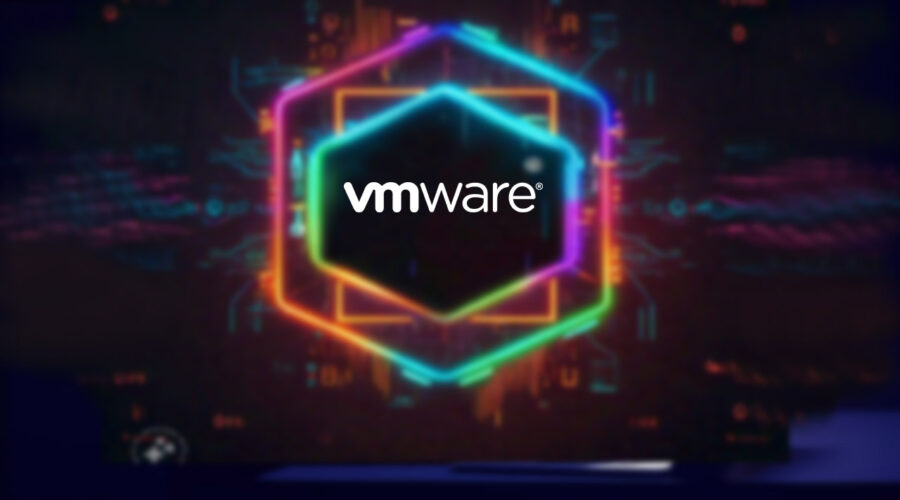Apple Patched Actively Exploited Zero-Day Vulnerability
Summary
CVE-2025-24085 is a zero-day vulnerability in Apple’s “Core Media framework” which enables malicious applications to potentially gain elevated privileges on impacted devices. It falls under the “Memory Corruption vulnerability category”, posing significant security risks such as unauthorized access to sensitive data or potential device control.
| OEM | Apple Inc |
| Severity | High |
| CVEs | CVE-2025-24085 |
| Exploited in Wild | Yes |
| Patch/Remediation Available | Yes |
| Advisory Version | 1.0 |
| Vulnerability Name | CVE ID | Product Affected | Severity | Affected Version |
| Privilege escalation vulnerability | CVE-2025-24085 | Apple | High | iPhone-XS and later, macOS Sequoia iPad-Pro (3rd generation and later), iPad Air (3rd generation and later), iPad (7th generation and later), iPad mini (5th generation and later) Apple Watch: Series 6 and later Apple TV: All models |
Technical Summary
| CVE ID | System Affected | Vulnerability Details | Impact |
| CVE-2025-24085 | iPhone, iPad, Mac, Apple Watch, Apple TV | CVE-2025-24085 is a memory management vulnerability in Apple’s Core Media framework, responsible for processing audio and video content. The vulnerability stems from improper handling of media data, allowing attackers to execute arbitrary code with elevated privileges. It can be remotely exploited through malicious media files, creating significant security risks. | Arbitrary Code Execution, Privilege Escalation, Sensitive Data Exposure, Remote Exploitation via Media Files |
Remediation:
- Update: Ensure the latest patches are applied to affected Apple devices as listed below
| Affected Version(s) | Fixes and Releases |
| iOS 17.2 and later | iOS 18.3 |
| iPadOS 17.2 and later | iPadOS 18.3 |
| macOS Sequoia (all previous versions) | macOS Sequoia 15.3 |
| watchOS 10.3 and later | watchOS 11.3 |
| tvOS 17.2 and later | tvOS 18.3 |
| visionOS 1.3 and later | visionOS 2.3 |
Apple has fixed this vulnerability in these software versions. Update devices immediately to mitigate the risk of exploitation.
General Recommendations:
- Untrusted Media: Avoid opening suspicious media files, emails, or links from unknown sources, as the vulnerability can be exploited remotely via malicious media.
- Automatic Updates: Enable automatic updates on all Apple devices to ensure timely installation of future security patches.









